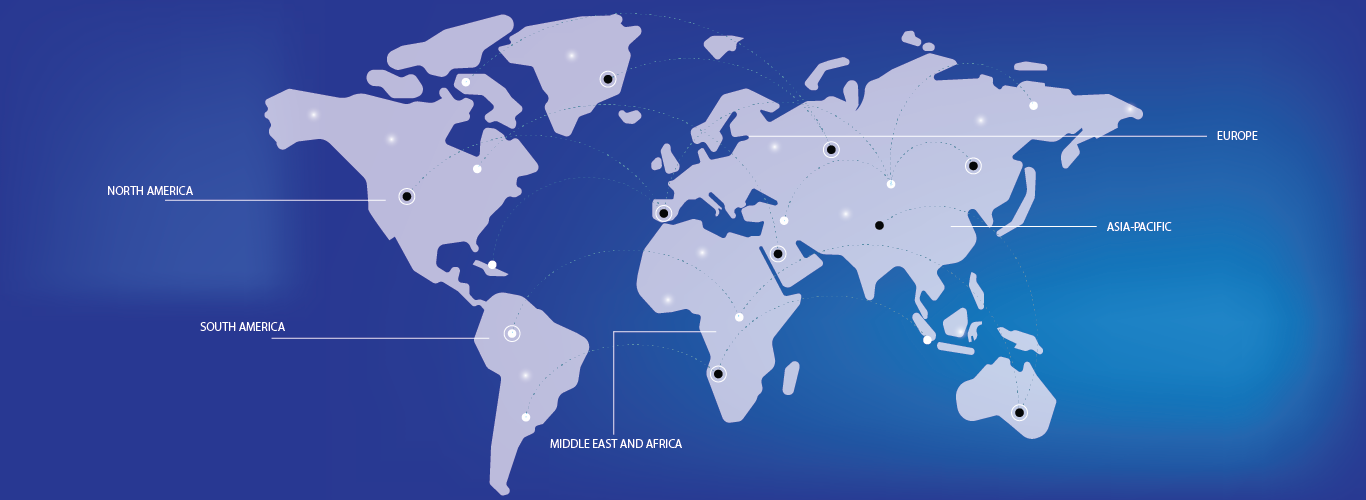MHE is a rare genetic disorder characterized by multiple benign bone tumors (osteochondromas), leading to deformities, pain, and restricted mobility in severe cases. Growing awareness of MHE and hereditary conditions is expected to act as a driver for market growth. Although, advanced therapies like palovarotene are associated with significant annual costs, rendering effective treatment inaccessible for many patients, especially those lacking sufficient insurance coverage. This is expected to act as a restraint on market growth.






